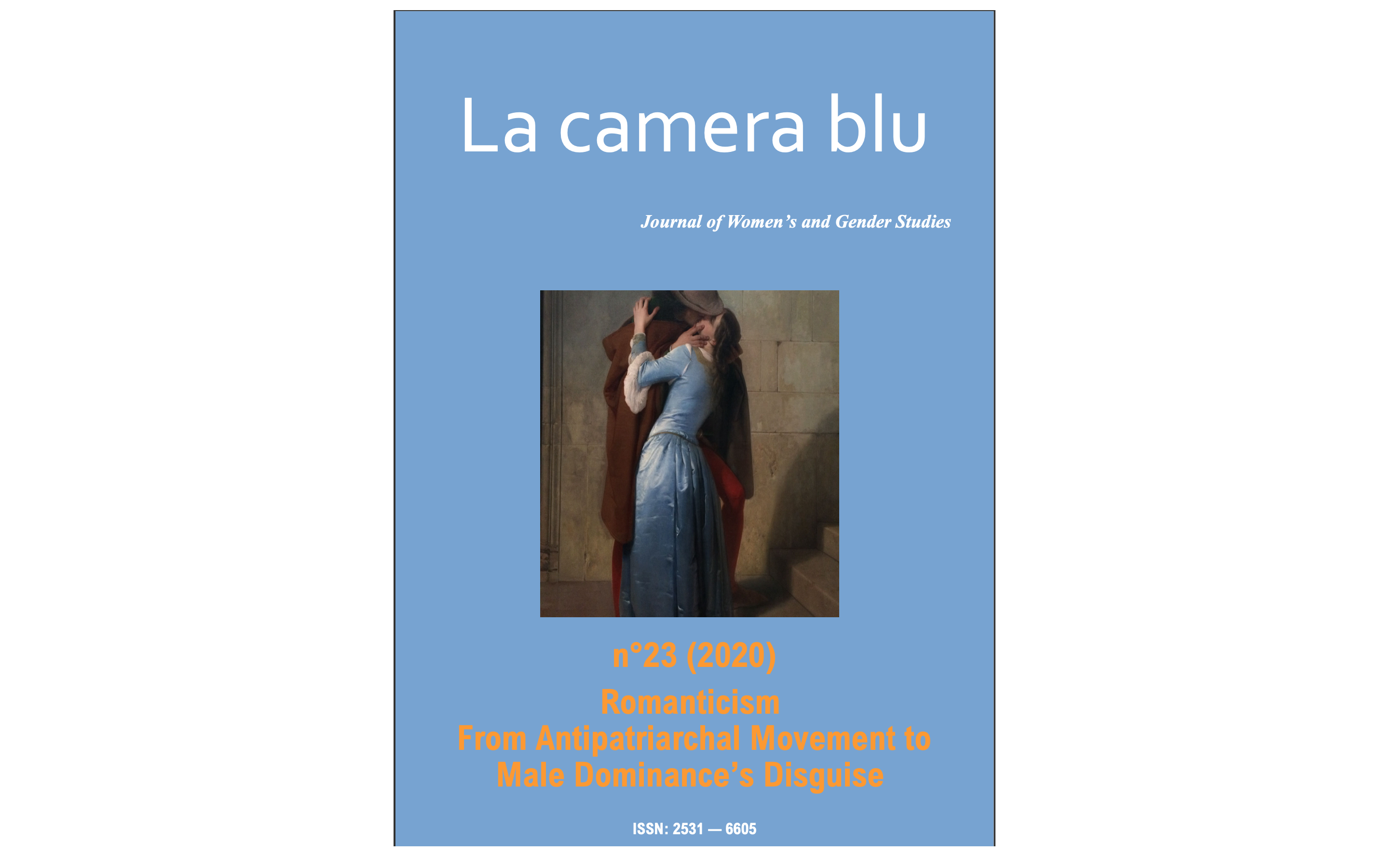Investigating the in-betweenness: gendered spaces and liminality in Agatha Christie’s 4.50 from Paddington
DOI:
https://doi.org/10.6092/1827-9198/7739Keywords:
gender, liminality, non-place, women solidarity, Agatha ChristieAbstract
The article aims at examining Agatha Christie’s mystery 4.50 from Paddington as a novel where the issue of gender is highly interrelated with that of the train regarded here as a non-place entirely controlled by men. The analysis begins with the emphasis on the contrast between public and private spheres in order to draw attention to the gendering of these spaces. The dichotomies of male–female, public–private, worldly–domestic, and mobility–immobility are evident within the narration. The novel is constructed on the binary opposition between male and female spaces, with the train as the emblem of mobility and masculinity, whereas the house of Rutherford Hall stands as the epitome of stasis and domesticity. The first is a symbol of rushing modernity, while the latter epitomises the epoch of the great country houses, which is inevitably ending. Rutherford Hall, stuck in an in-between space amid the railway and the town, is about to be absorbed by the impending modernity. The house occupies the liminal space that is neither town nor countryside, marking a boundary between two worlds: the past and the future, the tradition and the progress, between stillness and motion, the domestic and the public.
It is the liminal windowpane through which Mrs McGillicuddy witnesses the murder that bonds the masculine-oriented train space to the domestic space of the house. When Miss Marple geographically pinpoints the place where the body was concealed, the real identities of both the victim and the murderer are eventually disclosed. The study highlights the fundamental role women solidarity plays in the solution of a mystery the official male police refuses to believe as real. Despite the lack of official help and support from the male authorities, the female trio succeeds and delivers the murderer to justice.
Downloads
Downloads
Published
How to Cite
Issue
Section
License
La camera blu is an open access, online publication, with licence CCPL Creative Commons Attribution 3.0 Unported


